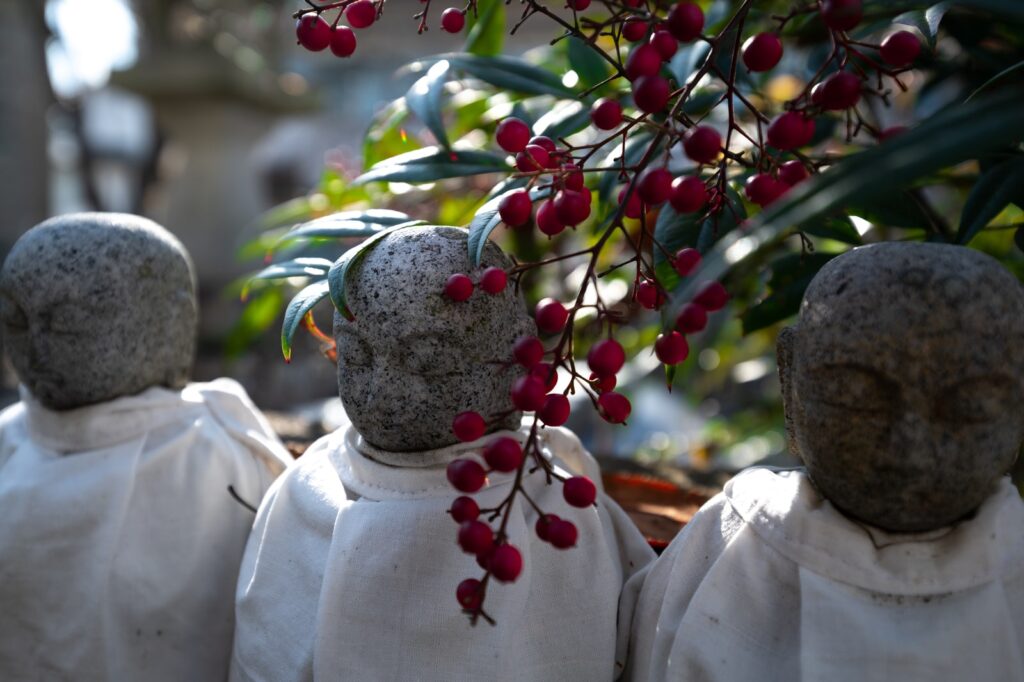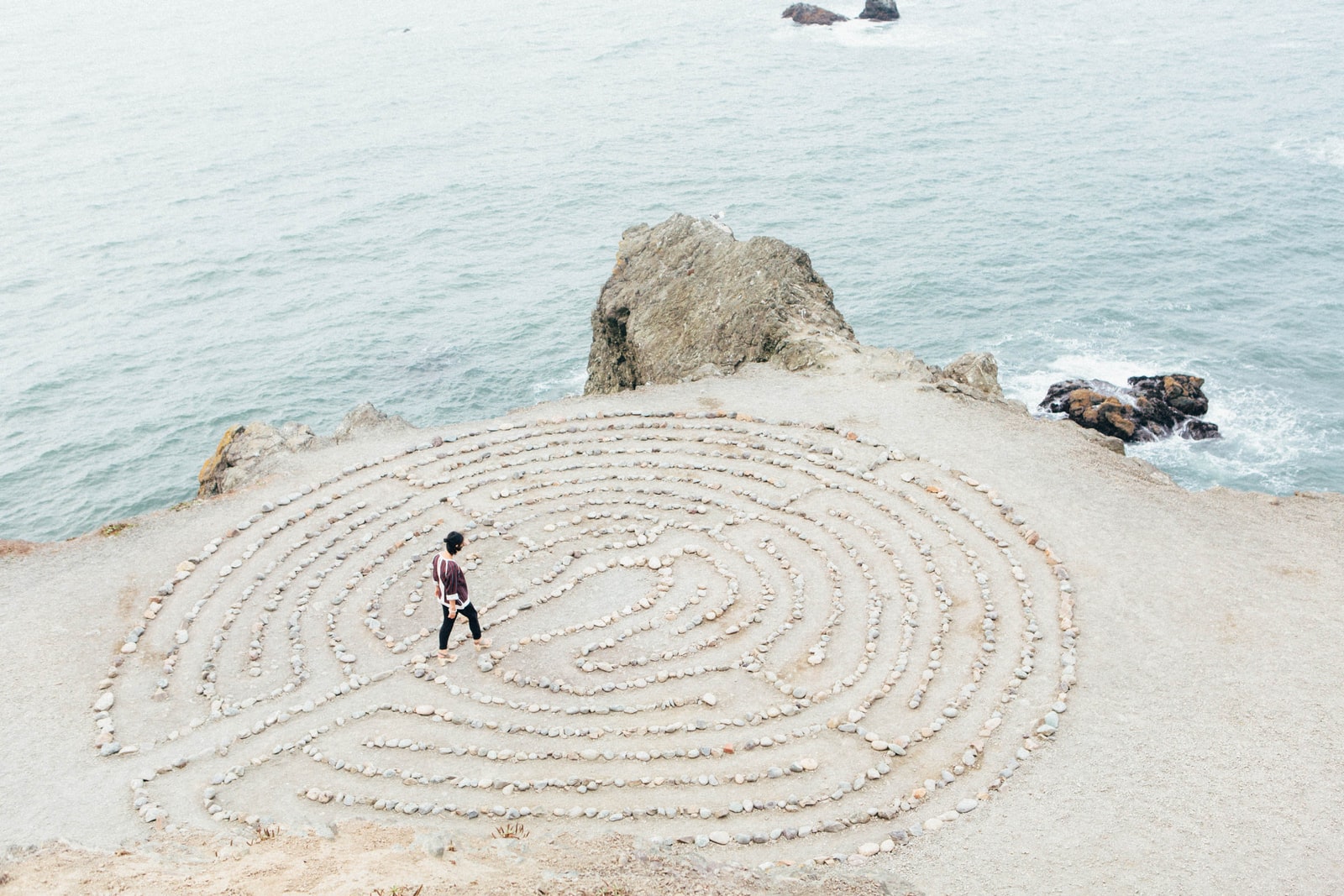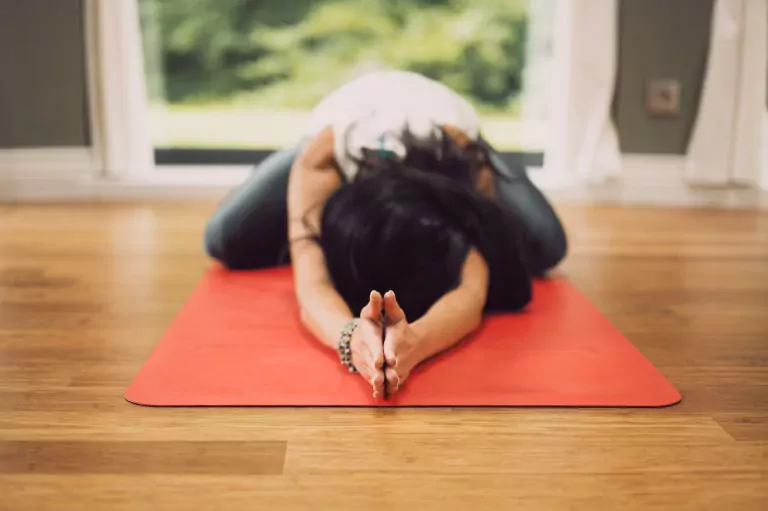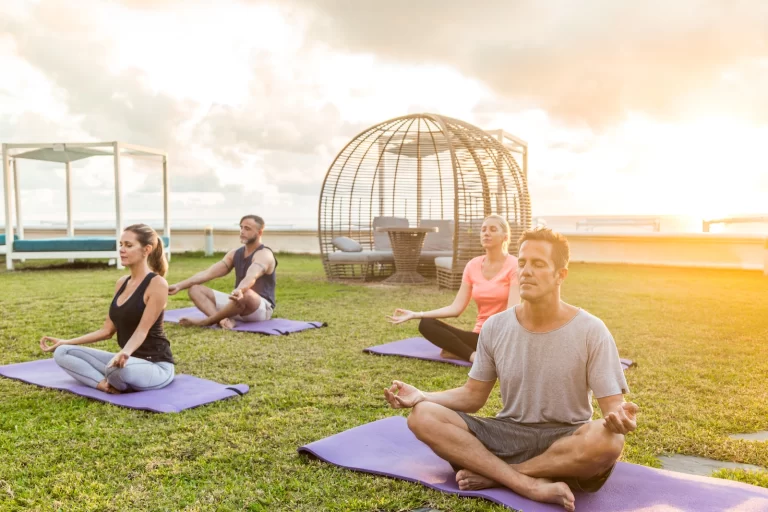8 Limbs of Yoga Explained – Start Your Yogic Path
Yoga is more than just strength and flexibility, the main difference between a fitness class and a yoga class is the history behind it. Yoga was not at first a series of movements we call Asanas It was and still is a way of life. In this article, I will walk you through the 8 limbs of yoga and how they can assist in your daily life to ensure you are on your way to becoming the best version of yourself.
They were written by Patanjali around 500 B.C. The purpose was to create a path of life that would help connect mind, body and spirit. If you have tried to meditate, you can probably agree that it’s not easy to calm your mind. From the list below you will notice that someone should first perform physical exercise, do breath work (pranayama) and then meditate. This can ensure that you are in the right set of mind to perform your meditation afterwards.
The 8 Limbs of Yoga Explained
If you have been on a journey of personal growth, you might notice that it starts with awareness. These principles below are also the same. By simply being aware of your behaviours towards yourself and others, you can start to be the person you want to be.

1. Yamas – Restraint
The first limb of yoga is Yama, which means restraint. This limb can be divided into 5 different categories.
A. Ahimsa – Non-violence or non-judgement
When we think of non-violence or non-judgement, it is easy to think very big. For example, stopping all wars. Let’s not forget the harm you have been doing to yourself and others in our daily lives.
Have you noticed the decision you make when you speak to others will more likely represent how they will also speak to you? If you are frustrated one morning, on your way to work, go get a coffee and answer abruptly to the cashier. Are they more likely to respond to you nicely? Probably not.
The energy you put out there will come back to you the same way. What’s important to understand is, what do you want? Would you rather be more positive and bring more good to this world, believing that when you do the same will happen to you?
The same would apply to non-judgement. The life we have now, including social media, brings judgment on others and ourselves to another level.
Can you be happy for someone who is doing something better than you? Do you sometimes think that you should also be in the same space that they are? Do you see your journey in life as your own and can still be a cheerleader for others around you?
B. Satya – Truthfulness
Everyone lies, sometimes it’s just easier. You might not want to hurt someone else’s feelings, but there are a lot of other options. Are you maybe lying to yourself to avoid what is in front of you?
There is a difference between being a “jackass” and speaking your truth.
Do you tell yourself you never lie and you would rather hurt someone else’s feelings than avoid lying? Can you speak up in a way that won’t hurt someone? It’s all about being authentic and kind. It doesn’t mean you have to hurt someone when you speak up.
Can you be true to who you are and remain kind, and mindful of others, and create a balance between listening and communicating to others?
Even when someone is “wrong” in your eyes, in the end, they may just need someone to listen.
C. Asteya – Non-Stealing
The first thing that comes to mind is concerning any material objects, money etc. Let’s not forget about stealing others’ time or abusing it for our benefit. Do you only take what is necessary for yourself and those around you?
We live in a society of extreme consumerism, we all remember the toilet paper debacle of 2020. Did you only buy what you needed to ensure your community can also have some?
If someone offers a free sample on the street, does that mean you have to take more than one just because it’s free?
If you pay for a service, does that mean you are allowed to be late or not show up?
D. Brahmacharya – Moderation
Do you live in moderation? It doesn’t mean you have to not do anything fun, but it also means you should probably not overindulge either.
Are you in control of any obsessions you might have? I know it can be easy to get sucked into new things you try, but does that mean it should also control you and your life?
The text about “The 8 Limbs of Yoga” explained this section using mostly sexuality and avoidance of manipulating others, or even the pursuit of your pleasure for instant gratification.
3000 BCE, we can only assume their lives were very different. Today, I see everyone around me overindulging a lot in food and shopping. It doesn’t mean it’s any better.
E. Aparigraha – Non-hoarding
The easiest way to look at it is from a hoarder’s point of view, over-cumulating material objects, but it is a lot more than just that.
Do you live in the moment? Can you appreciate what is around you without changing a thing?
Are you able to create a space that is peaceful?
In your daily life, even if you don’t hoard objects, do you have certain ideas of what you should be doing, or feeling? Can you live a life with less possession or possessive thoughts? Are you able to let go of ideologies or people, to be more present?

2. Niyamas – Observance
The first limb yama is all about awareness. The second limb is about reflection from within on a deeper personal level.
A. Saucha – Cleanliness and purity
You might think of your home and yourself as being clean. What about your mind, your environment and your company?
Body
Having a clean body doesn’t only mean hygiene. It also represents the food we decide to consume and the physical and emotional health we have. It’s about being healthy in your body.
Mind
Your mental health is very important to ensure your personal growth. The consumption you have daily matters. Are you truly aware of it? What you decide to consume daily brings your mind to a better place.
Environment
Is your home and workspace clear of clutter? While reading this, if you look up all around you, does the space you are in make you feel peaceful and calm?
Relationships
We have only so much time in our day to talk to others, do you choose to spend that time with people who are positive and make you feel happy?
Are you surrounding yourself with toxic people?
B. Saucha – Gratitude and contentment
Do you require a lot of preparation to be happy? Can you take the simplest action and be grateful you can live this life you created for yourself?
Do you have the feeling that if you don’t have control of a situation, it won’t be great, can you let go and appreciate what is in front of you without any expectation?
If you have answered yes to a lot of the questions and start to feel like a bad person, don’t. The yoga path is a lifelong practice. It won’t ever be perfect, but it does get easier over time.
C. Tapas – Self-Discipline
If you have attempted to take on a new project or habit lately, you know as well as I do that it doesn’t happen overnight. It takes consistency and work daily.
The same applies to any transformation of your habits and behaviours, with every action you will see a difference after a while. Start small and build up from there.
If you are looking to get fit while being aware of your body and mind, continue reading here.
D. Svadhyaya – Self-Study and Reflection
It is easy to judge our actions and others. Can you see the way you act just as it is, without changing it? In meditation, we often will hear to see the thoughts that come and just let them pass through. Can you observe your own life without reacting?
We all have bad days, do you go back and reflect on your behaviours and bring awareness to your choices that day? It doesn’t necessarily mean you were right or wrong. It’s only to understand where you came from and why you reacted a certain way.
E. Isvara-pranidhana – Devotion or surrender
Whether you are religious or not, the dedication of your time and energy to someone else is using devotion and surrender. Do you do things for others with a goal in mind or just because?
What dedication can you make in your life to others without any end goal? This could be helping your community, offering your services or being part of charity work.

Following the 8 limbs of yoga explained above, the ones below should be achieved step by step, the deeper you are within your practice and yourself the easier it will be to achieve the next state of mind required.
It is recommended to follow each one in order.
3. Asana – Poses or movements
Are you in control of your physical body, is it where you want it to be? In yoga, asana refers to the physical practice and postures that will be used.
Even without practicing the standard yoga practice, daily, you can ensure that you provide yourself with movement.
To learn more about starting your beginner journey to the yoga asana, don’t miss my other article here.
4. Pranayama – Life Force or Breath
If you have been to a yoga practice, you might have heard the teacher providing cues when to breathe in and breathe out. When you become conscious of your breath, you can create a better energy and flow between your mind and body.
How many times per day are you conscious of your breath?
Benefits of conscious breathing
- Reduce anxiety & stress
- Increase oxygen & blood flow
- Reduce blood pressure
- Reduce heart rate
Continue reading about Pranayama
5. Pratyahara – withdrawal of the senses
Can you concentrate and stop relying on external stimuli? This limb refers to everything you put in your body, both physically and mentally.
To practice Pratyahara, you can practice being in silence, being mindful, incorporating fasting and more. What external energy do you rely on that keeps you from turning your energy inward?

6. Dharana – Concentration of the mind
How comfortable are you with being with yourself and letting go?
This limb is often the beginning of a meditation practice. To start with dharana, you can give your attention inward and remove the noises from the outside world. By moving your focus to one point, you can start preparing for a deeper meditation.
7. Dhyana – Meditation
The state of Dhyana is achieved when you are fully immersed in your meditation without any external interruption.
In Buddhist, you can find 4 stages of Dhyana:
- Detachment from the external world
- Concentration and suppressing your reasoning
- Moving towards of sense of ease
- Moving from ease to a state of pure self-possession
They are a lot of information about meditation, it’s more than just sitting on a mountain in a cross-legged position. Find all the information you need here.
8. Samadhi – Total Self-Collectedness
The last limb of the yogic path is the experience of enlightenment or non-duality. In other words, the complete interconnectedness of everything you have read above and more.
In this state, you have no more separation from the internal and external world. You become one. From Patanjali, you allow yourself to transcend to a restful place.
Conclusion
Whether you decide to start your yogic path or apply some of these principles, a lot of us can benefit from the 8 limbs of yoga explained above.
Your journey will remain your own, some days, some of these ideologies will become easier. You might even forget all of them some days. You just need to be the best version you can be.






